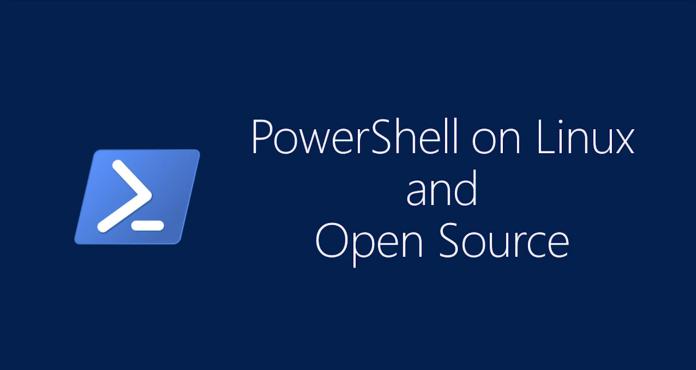That validates the company’s decision to release its task automation and configuration framework on open source. Although, PowerShell is still a Windows-first solution and Microsoft says a “full replacement” of Windows PowerShell 5.1 will arrive soon. This suggests a bump to Windows PowerShell 6.0. The company has taken a similar leap with PowerShell 7 on Linux and Mac. Just a month ago, the company rolled out version 6.2 to users. The obvious next step would be version 6.3, but Microsoft has leapt straight to version 7. Discussing the popularity of PowerShell on Linux, Microsoft says the platform helped the programming language reach a high of 45 on the Tiobe programming popularity list in March. Of all 11 million PowerShell startups, Windows now only represents 20 percent. “We believe that this could be occurring because existing Windows PowerShell users have existing automation that is incompatible with PowerShell Core because of unsupported modules, assemblies, and APIs,” explains Steve Lee, principal software engineer for PowerShell. “These folks are unable to take advantage of PowerShell Core’s new features, increased performance, and bug fixes.”
PowerShell 7
Microsoft is now linking PowerShell 7 to Windows PowerShell more efficiently, trying to make the two versions more compatible. “PowerShell Core 6.1 brought compatibility with many built-in Windows PowerShell modules, and our estimation is that PowerShell 7 can attain compatibility with 90+ percent of the inbox Windows PowerShell modules by leveraging changes in .NET Core 3.0 that bring back many APIs required by modules built on .NET Framework, so that they work with .NET Core runtime.” A preview of PowerShell 7 will arrive in May. Microsoft says .NET Core 3.0 will also be integrated and any full release will come with that availability.




